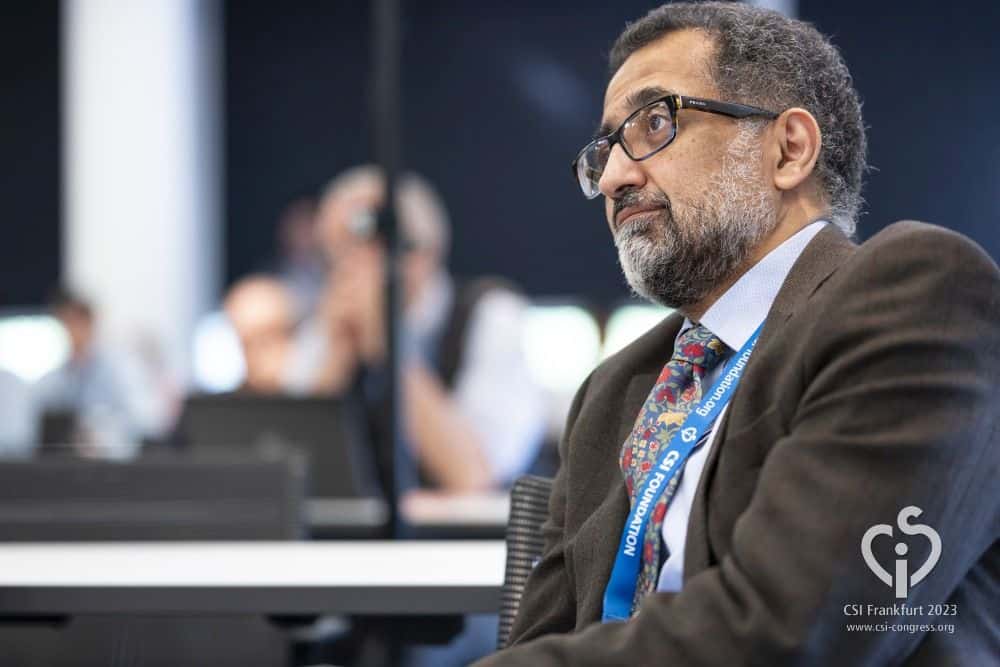This great meeting in Frankfurt reviews all sorts of Device Closure Techniques. A session on Atrial Septal Defect closure covered the keys to success:
1. Preeassessment
– symptoms are not essential. If anything needs to be done to the left atrium eg they have atrial fibrillation, that should have a plan made 1st.
– Great imaging with 3d transoesophageal echocardiography (TOE), and MRI.
– pay attention to the size- up to 40 mm to can be closed.
– check the rims- need ideally to be greater than 5mm.
– ensure there is not more than one hole
– check for other abnormalities
2. Closure techniques
– steerable sheaths
– additional equipment
– choice of devices
– Intracardiac echo or TOE to guide
3. Follow-up
Especially with deficient rims or less than 5mm, long term echo follow-up is worthwhile. This should look for erosions and complications.
– 4-6 weeks, 6months, annual review especially if large devices, residual shunting, heart not back into a normal shape
-Transthoracic echocardiography
4. Complications
– embolisation occurs in up to 5%.This is usually due to deficient rims.
– AF. Can happen
– chest pain or breathlessness? Watch for pericardial effusion. Get the patient to come back immediately for assessment if this occurs. Erosion can occur in 0.3%.
The European Guidelines suggest clearly that ASD with dilatation, or stretch, of the right ventricle, should be considered for closure. Device closure is recommended over surgery if it is possible.
http://eurheartj.oxfordjournals.org/content/31/23/2915.full.pdf
SUMMARY
If an ASD is found, then DEVICE closure should be considered. it needs specialist assessment to ensure best result.
Please see ASD page for more information.

